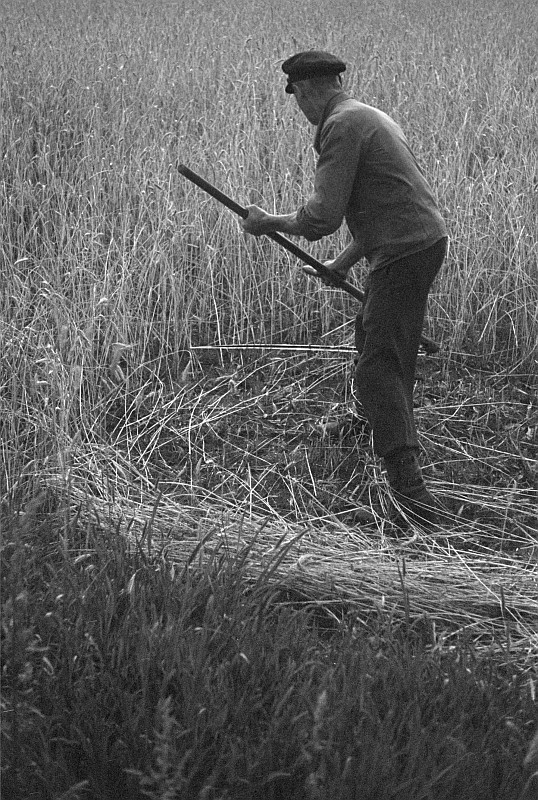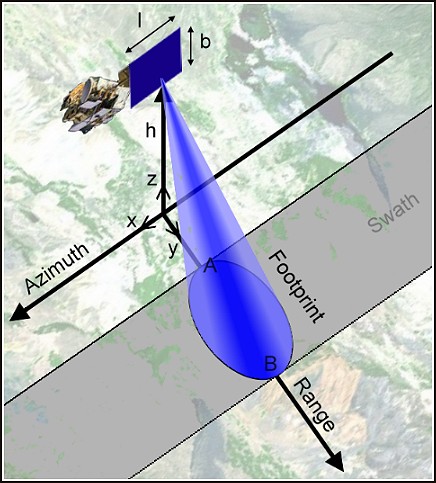swathe on:
[Wikipedia]
[Google]
[Amazon]

 A swathe ( British English, rhymes with "bathe"; or swath American English, rhymes with "cloth") is the strip of cut crop made by a
A swathe ( British English, rhymes with "bathe"; or swath American English, rhymes with "cloth") is the strip of cut crop made by a  ''Swathe width'' may also refer to the width of any repetitively cut, scanned or sampled strip such as in aerial mapping,
''Swathe width'' may also refer to the width of any repetitively cut, scanned or sampled strip such as in aerial mapping,

 A swathe ( British English, rhymes with "bathe"; or swath American English, rhymes with "cloth") is the strip of cut crop made by a
A swathe ( British English, rhymes with "bathe"; or swath American English, rhymes with "cloth") is the strip of cut crop made by a scythe
A scythe (, rhyming with ''writhe'') is an agriculture, agricultural hand-tool for mowing grass or Harvest, harvesting Crop, crops. It was historically used to cut down or reaping, reap edible grain, grains before they underwent the process of ...
or a mowing-machine. A mower with a scythe cuts a swathe along the mowing-edge leaving the uncut grass to the right and the cut grass laid in a windrow
A windrow is a row of cut (mown) hay or small grain crop. It is allowed to dry before being baled, combined, or rolled. For hay, the windrow is often formed by a hay rake, which rakes hay that has been cut by a mowing machine or by scythe ...
to the left on the previously mown land. The swathe width depends on the blade length, the nature of the crop, and the mower, but for grass is usually about wide. When mowing in a team the mowers start at the edge of a meadow
A meadow ( ) is an open habitat or field, vegetated by grasses, herbs, and other non- woody plants. Trees or shrubs may sparsely populate meadows, as long as they maintain an open character. Meadows can occur naturally under favourable con ...
in a staggered line, then proceed clockwise, leaving a series of swathes with windrows and finishing in the middle.
The scythe has generally been replaced by machinery, such as a mechanical swather or a combine harvester
The modern combine harvester, also called a combine, is a machine designed to harvest a variety of cultivated seeds. Combine harvesters are one of the most economically important labour-saving inventions, significantly reducing the fraction of ...
, which cut much wider swathes while forming windrows. Early in the introduction of machinery, when horses or tractors had to precede a towed cutter, it was still necessary for mowers with scythes to open up a swathe wide enough to take the machine before it could start.
 ''Swathe width'' may also refer to the width of any repetitively cut, scanned or sampled strip such as in aerial mapping,
''Swathe width'' may also refer to the width of any repetitively cut, scanned or sampled strip such as in aerial mapping, lidar
Lidar (, also LIDAR, an acronym of "light detection and ranging" or "laser imaging, detection, and ranging") is a method for determining ranging, ranges by targeting an object or a surface with a laser and measuring the time for the reflected li ...
, radar
Radar is a system that uses radio waves to determine the distance ('' ranging''), direction ( azimuth and elevation angles), and radial velocity of objects relative to the site. It is a radiodetermination method used to detect and track ...
or sonar
Sonar (sound navigation and ranging or sonic navigation and ranging) is a technique that uses sound propagation (usually underwater, as in submarine navigation) to navigate, measure distances ( ranging), communicate with or detect objects o ...
scans or multibeam echosounder bathymetric surveys collected by a moving satellite, aircraft or ship.
See also
*Combine harvester
The modern combine harvester, also called a combine, is a machine designed to harvest a variety of cultivated seeds. Combine harvesters are one of the most economically important labour-saving inventions, significantly reducing the fraction of ...
*Scythe
A scythe (, rhyming with ''writhe'') is an agriculture, agricultural hand-tool for mowing grass or Harvest, harvesting Crop, crops. It was historically used to cut down or reaping, reap edible grain, grains before they underwent the process of ...
* Swather
References
{{Reflist, 1 Agricultural terminology Geologic maps Remote sensing